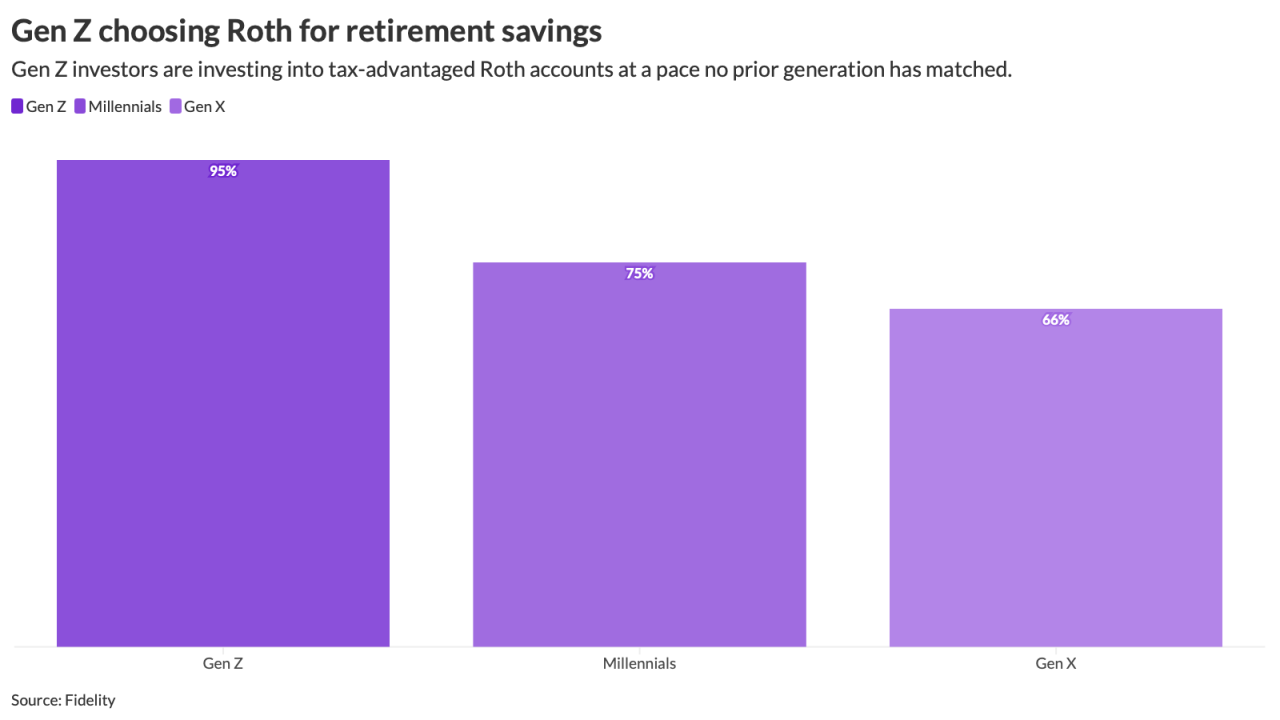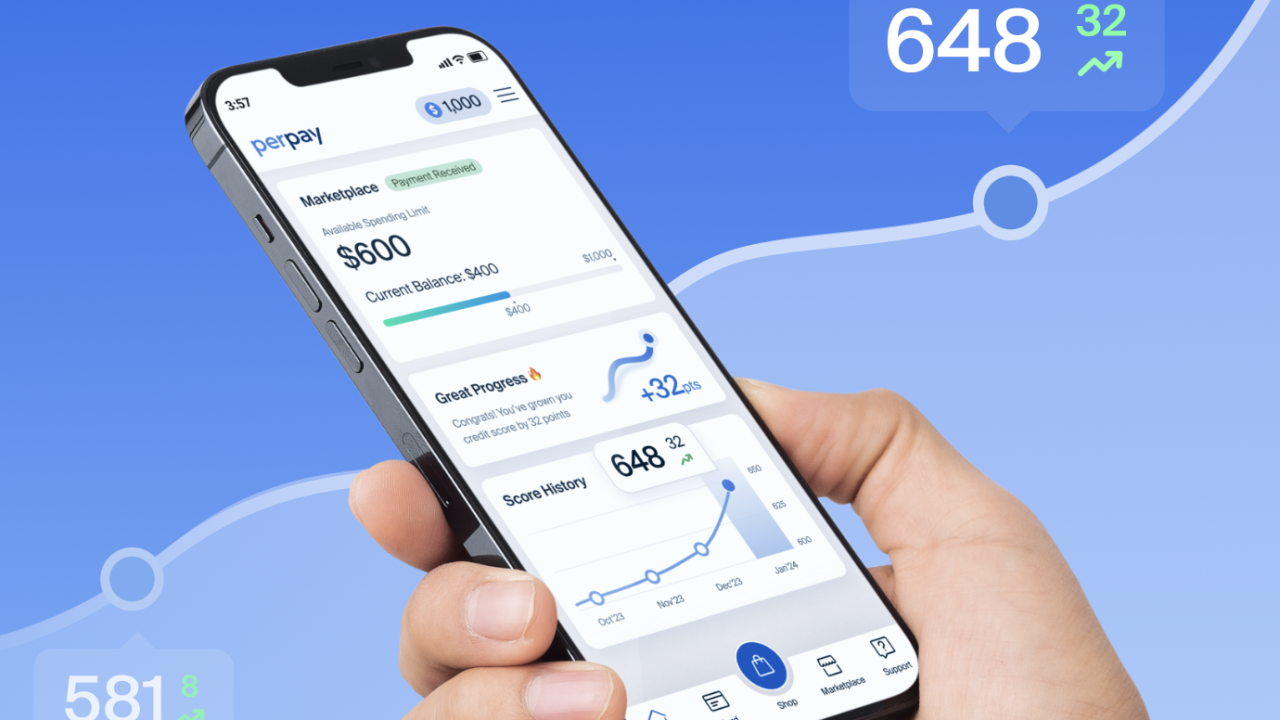Welcome to Ask an Adviser, EBN’s weekly column in which benefit brokers and advisers answer (anonymous) queries sent in by our readers. Looking for some expert advice? Please submit questions to
We live in a culture that claims to empower employees, one that’s increasingly focused on creating
How can employers not just change the way their company responds, but prevent a problem before it becomes a crisis? The answer could be artificial intelligence.
Issues such as harassment do not exist in a vacuum. There are a number of factors that can create the conditions that support harassment. Does an organization establish and enforce policies and procedures or have the necessary support in place to ensure that employees are safe? Is the workplace a pressure cooker where people are ready to explode? Cultural considerations must also be taken into account, everything from leadership and compensation to attitudes and behaviors.
Read more:
Artificial intelligence programs can use multiple sources of data from an organization — historical data, real-time data from incident reporting, and passive data from areas like turnover and demographics — to measure and analyze trends that can result in issues of harassment and discrimination. The data is then broken into units to specify which issues may impact which teams. This allows organizations to determine the most impactful intervention to prevent harassment.
We implemented this technology and method recently at a manufacturer with about 250 employees. Upon completion, there were a number of red flags identified in one of the maintenance teams. The risk assessment indicated issues with the leadership on that particular team, which was confirmed by the lack of minor incident reporting as well as the turnover rates in that unit compared to similar units. While employees liked their peers and felt they were rewarded based on their performance, there was tension detected between the unit and leadership, and signs that the environment was becoming toxic.
Read more:
Upon further investigation, HR learned that the supervisor placed employees in harm’s way and in situations for which they were not trained. For example, one person was told to inspect — on their own — a piece of machinery that was not working, to diagnose the problem. Company policy, however, clearly stated that there had to be at least two individuals present to do that job in the event of an emergency. As a result, the manager was terminated with cause — and the next risk assessment and data upgrade moved the team from worrisome yellow into solid green territory.
By breaking down the data per team, weighting them, conducting trend analysis and comparing to other teams, AI was able to identify the issue in a specific team that could have led to a potential hazard, or even death. It also helped the company know what questions to ask within the team to find the problem and address it before it became a crisis. By being able to make visible what might not be visible, AI can be a powerful tool to help stop workplace harassment.






